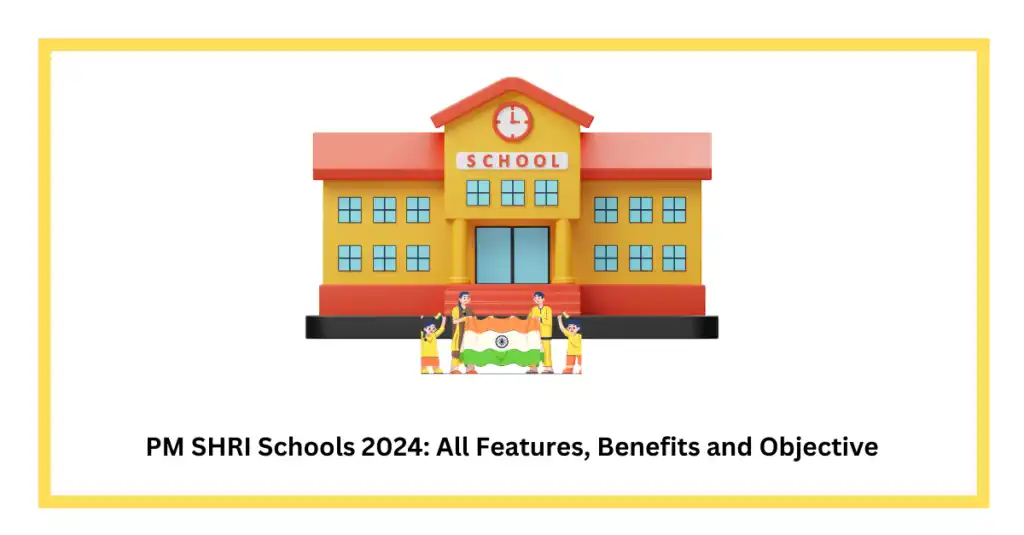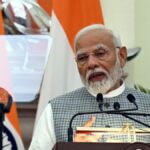By Dr. Gyan Pathak
Known for having transformed the Delhi education scenario in government schools from poor to very good, even better in performance than private schools in the National Capital Territory, in just a decade, AAP government is now on the way to transform Punjab school education to provide high quality education for all within six years. Punjab is the second state under the party’s rule.
The target is to change the current scenario, just as it was changed in Delhi, in which quality education is not available to the students from the poor families since they can’t afford high cost of quality education provided by the private schools. The scheme will be supported by the World Bank.
The government programme is guided by the “Punjab Vision Document – 2047” and encompasses the state’s target for school education for 2024-2030. It would ensure all girls and boys have access to high-quality pre-primary, primary, upper-primary, secondary and higher secondary education; all youth achieve literacy and numeracy; more number of youth have relevant skills, including technical and vocational skills, for employment; and all education facilities are safe and inclusive. The program is being implemented by the state’s education department with support from ‘Samagra Shiksha’ (SS), which is a central sector scheme covering the entire school education system from pre-school to grade 12, along with state owned schemes.
The World Bank has recently prepared a draft assessment called “Environment and Social Systems Assessment” (ESSA) for a proposed loan in the amount of US$315 million equivalent to India for the “Punjab Outcomes-Acceleration in School Education Operation” (POISE). The plan is being developed in accordance with the World Bank policy: Programme for Results Financing. The POISE will be financed through a hybrid financial modality; Programme for Results (PforR) and Investment Project Financing (PIF).
A final workshop with all relevant stakeholders, program implementers and Civil Society Organization (CSOs) in the state will be conducted to consult the draft ESSA, post which the ESSA will be finalized and disclosed, the draft ESSA read.
The Program Development Objective (PDO) is to improve learning outcomes and teaching and strengthen school management in Punjab. The proposed POISE duration will be for a period of six years (estimated from September 2024 to June 2030). The proposed operation will benefit from the experiences and lessons learned from the World Bank’s continuing engagements on education reforms in India, both at the national and state level, as well as global knowledge captured in the World Development Report (2018): Learning to Realize the Promise of Education, and World Bank’s Ready to Learn Report.
With education as one of the priority areas of development identified by the state, it is well positioned to benefit from the World Bank’s strategy of learning recovery and acceleration to overcome the learning losses caused by Covid-19 and build a resilient education system in the state.
The PforR component of the program will incentivize government’s ownership and implementation of critical reforms and policies as the PforR will support GoP’s education program which follows the State’s 2047 vision for school education. The state is experienced with the modalities of the instrument through an ongoing operation of the World Bank with the Department of Finance. The PforR Program will be supported by a small Investment Project Financing (IPF) -Technical Assistance (TA) component, which could support inter alia procurement of external resource agencies for technical assistance.
The findings and recommendations of the ESSA are based on the review of relevant environmental and social (E&S) management systems of the Samagra Shiksha (SS)program in Punjab, consultations with key staff at Department of School Education (DoSE), district and block officials, school Principals/ Headmasters, teachers, students, parents and with School Management Committee (SMC) community members, along with primary field visits across different districts and schools in Punjab (about 300 participants) along with primary field visits to districts and schools in Punjab. Consultations were also held with other departments involved and civil society members.
The Program shall adhere with the six core principles (CP) of the World Bank that guide the ESSA analysis as presented in the PforR Financing Guidelines. CP1: General Principle of Environmental and Social Management, CP2: Natural Habitats and Physical Cultural Resources, CP3: Public and Worker Safety, CP4: Land Acquisition, CP5: Indigenous Peoples and Vulnerable Groups, and CP6: Social Conflict. All the CPs, except some of the Indigenous Peoples related aspects, will be applicable for the POISE implementation.
In consistency with the sustainability principles of the WB policy: Program for Results Financing, the ESSA is intended to ensure that programs supported by PforR financing are implemented in a manner that maximizes potential Environmental & Social (E&S) benefits; and avoids, minimizes, or mitigates any E&S risks and adverse E&S impacts. For the PforR window of the Program, the ESSA examined Punjab’s existing E&S management systems as applicable to the set of activities supported. In this regard, the ESSA provides a comprehensive review of relevant government systems and procedures that address E&S issues associated with the Program.
The ESSA describes the extent to which the applicable government E&S policies, legislation, Program procedures and institutional systems are consistent with the above listed six CPs of the WB policy: Program for Results Financing and recommends actions to address the gaps and enhance performance during Program implementation.
This ESSA report does not only present a summary of the findings to which the existing Program procedures for E&S meet the applicable core principles, and where they do not, but also recommends a Program Action Plan (PAP) to address shortfalls. (IPA Service)


 SCO Meet May Be Held In Islamabad In October With Narendra Modi Not Attending
SCO Meet May Be Held In Islamabad In October With Narendra Modi Not Attending 